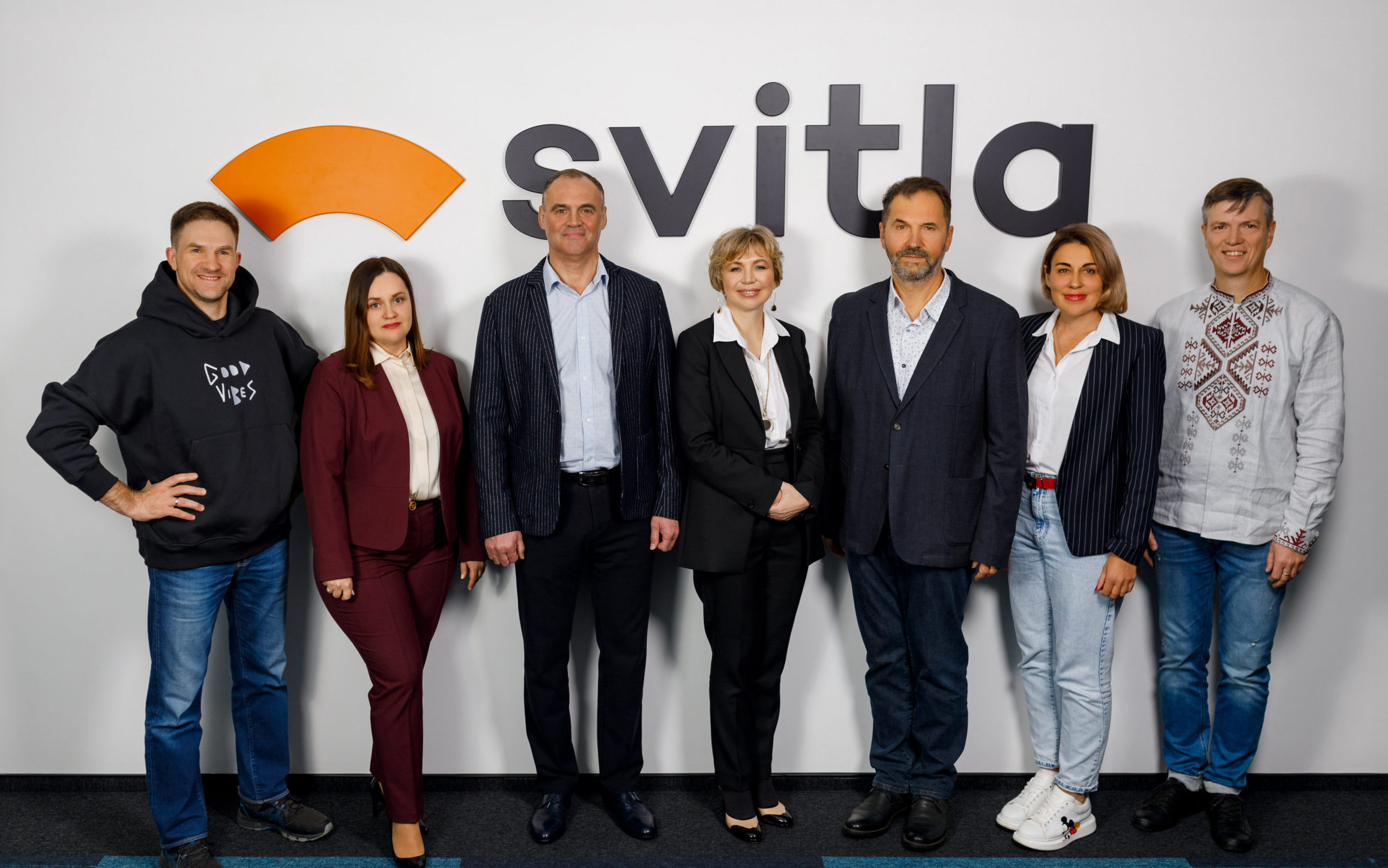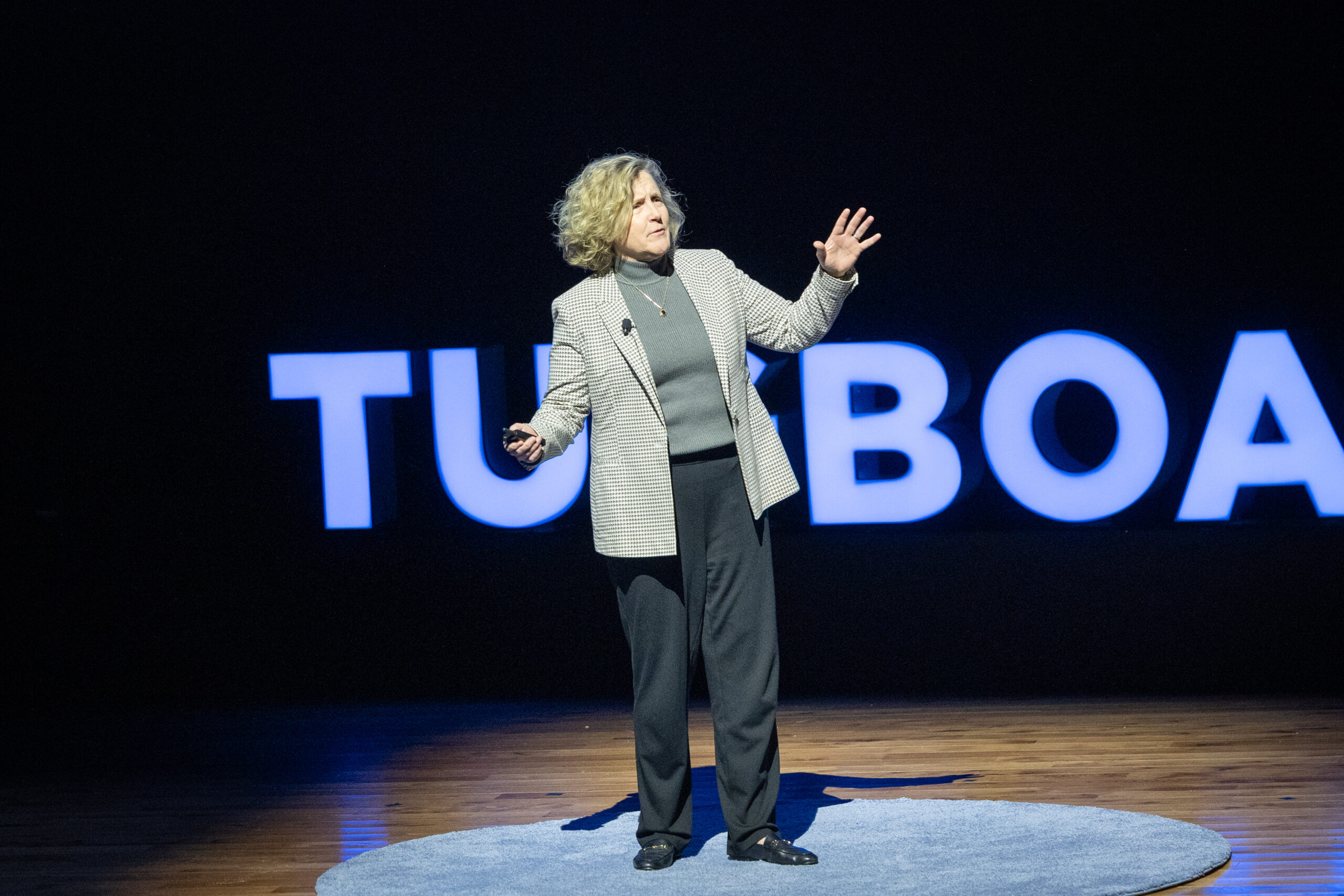

The Entrepreneur as Artist
- Nataliya Anon
- Svitla Systems
We typically think of art and business as very separate domains. However, as an entrepreneur and founder of two tech companies, I have come to see my work as deeply similar to that of an artist. Both are creative endeavors, both require vision, focus, skill, and determination, and both need space and freedom to thrive.
I didn’t see it this way when I founded my first company, Lohika Systems, in 2001 when I was not yet 30 years old. I followed the playbook I thought I was supposed to, and I created a Board of Directors populated with former successful entrepreneurs/investors who would, I thought, lend welcome expertise and advice to me as I built the company. The Board members had partial ownership of the company and, as a result, I did not have a majority stake in my own business. It didn’t take long for me to realize that I was in a bad situation. Probably in great part because I was such a young woman, my Board members started second guessing me. They stepped in and micromanaged me all the time, and I quickly realized that I was no longer in charge; my vision for the company I had set out to create could not flourish. Within just two years, it became clear I had to leave, so I did.
Although losing Lohika was painful, it taught me very important lessons. I didn’t waste time and set out to start again; in 2003, I founded Svitla Systems. Like Lohika, Svitla is a digital solutions company that serves clients globally. Our mission is to advise and implement modern, sustainable solutions for our clients, using the power of digital, cloud, data, and intelligent technologies. As I built Svitla, I was careful not to make the same mistakes I had made with Lohika.
To begin with, I am the sole owner. I don’t have and never have had any investors. This meant that I had to bootstrap the business and pay for everything myself, but it was well worth the difficulty that posed. As a result, I don’t answer to anyone else. It is up to me to decide if I want to start another division, if I want to allocate money this way, or allocate it that way. It gives me freedom, just like the freedom an artist has when they paint and decide which paints to use, what the canvas is going to be, and what the subject of the painting is going to be. This kind of freedom is unique to a private, Evergreen® company.
It goes without saying that artistic inspiration is not the sole driver of my company, of course. The freedom to create effectively requires smart strategy as well. You have to know your market and you have to do your research. I have surrounded myself with smart people who are experts in their fields and who can help advise my vision and make it practicable. First, there’s my team. I have very experienced people on the team, people who know more than I do, and they provide me with critical input. Because of their expertise and the collaborative culture we have created, in many cases the team makes the decisions on strategic issues. I have the final say, but because I have been able to build this team myself, I have all the confidence in the world in them.
A second, equally important group whose input is invaluable for me is our clients. We learn constantly from our clients. This of course is not unique to an Evergreen company, however the freedom to choose the right clients and to build processes that create feedback loops only exists when the operator and her team are truly running the show. In a public company or in a company with a powerful board or investors, they can say, “No, you cannot do that because it doesn’t align with other financial interests.” They will almost always choose whatever they perceive as the biggest bang for the buck, and you can have all the substantiation that you want, but if they decide that’s not where they get their best ROI, they’re going to kill it. At Svitla, we can de-prioritize short-term gains when necessary if we think a project has long-term value, or if we think a certain client can teach us important lessons.
A concrete example of a decision we have made recently that we would not have been able to make in my old company is the creation of our Center of Excellence on AI. I presented this idea to my team, and we have run with it. We are doing it because we see the future opportunity and we need to be ahead of the curve, but when we created it, we didn’t have any clients yet. Therefore, we were spending money without the certainty of a return in the near future. But it was the right thing to do. Honestly, I made this decision together with my team. In this way, perhaps the parallel with the artist is not perfect, because I do not operate in a void. I take their input, I need their buy-in, and I work with them to design the products and processes we set out to create.
In the case of Svitla, the way I have chosen to build my team is another example of the freedom I would not have if I was controlled by investors or a board with a majority share of the company. Our team is very international. Our original team of software engineers is Ukrainian, like me. They are overseas. We also have team members in Mexico, Costa Rica, and Argentina, as well as here in the States. Outside of the software engineers and technical leadership, the majority of them are in sales and recruitment. This diversity sometimes creates challenges when it comes to communication and culture creation; language barriers and different cultural norms can present challenges within an organization. But since I am fluent in Ukrainian, English, and Spanish (my husband is Spanish), I did not have the limit of language and culture as I built our team. I was able to recruit and hire the absolute best people, no matter where they lived and what language they spoke. If my company is going to last 100 years, of course, it can’t always depend on me, but I am in the process of creating a culture and a series of norms that will allow this international team to function effectively far into the future.
Founding and building a company is hard work. There is no way around that. However, in the 20 years that Svitla has existed and as it has grown, I have come to see a certain elegance in my work. Like an artist, as the CEO of an Evergreen company, I truly have the freedom to create and make decisions as I build and lead. I have felt the pressure from outside investors and owners, and I have experienced the frustration of having this freedom taken away; it’s awful to watch something you envisioned and created taken over and changed by people who do not share your vision and whose objectives are so different from your own. At Svitla, with the freedom to create as I choose, I have been able to build something extraordinary. I don’t think that could have happened any other way.
More Articles and Videos

Both/And Thinking: Harnessing the Positive Potential of Tensions
- Marianne Lewis
- Carl L. Linder College of Business, University of Cincinnati

Leading Through Uncertainty – Tugboat Institute® Summit 2025
- Jackie Hawkins
- Tugboat Institute

Get Evergreen insight and wisdom delivered to your inbox every week
By signing up, you understand and agree that we will store, process and manage your personal information according to our Privacy Policy




